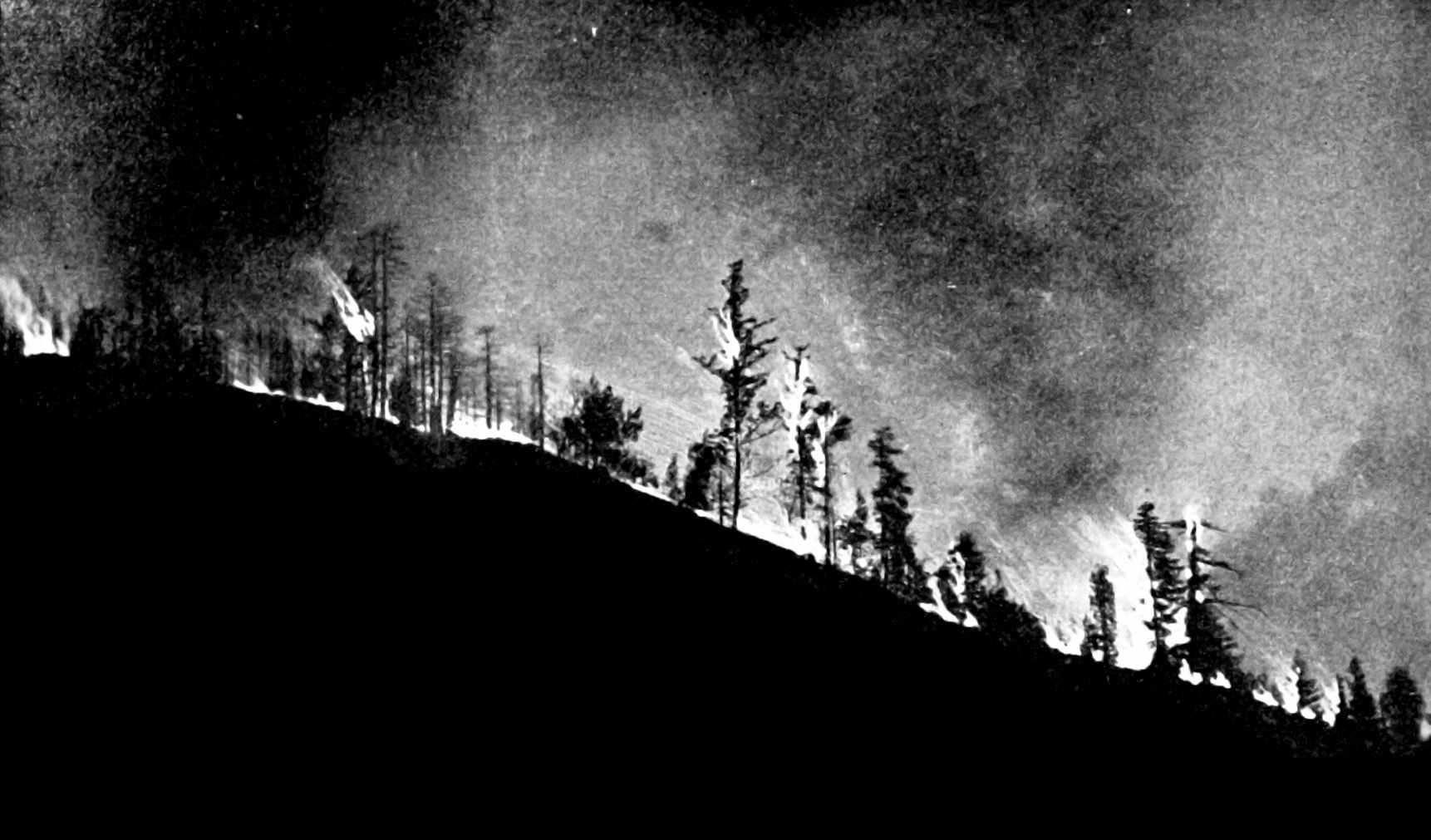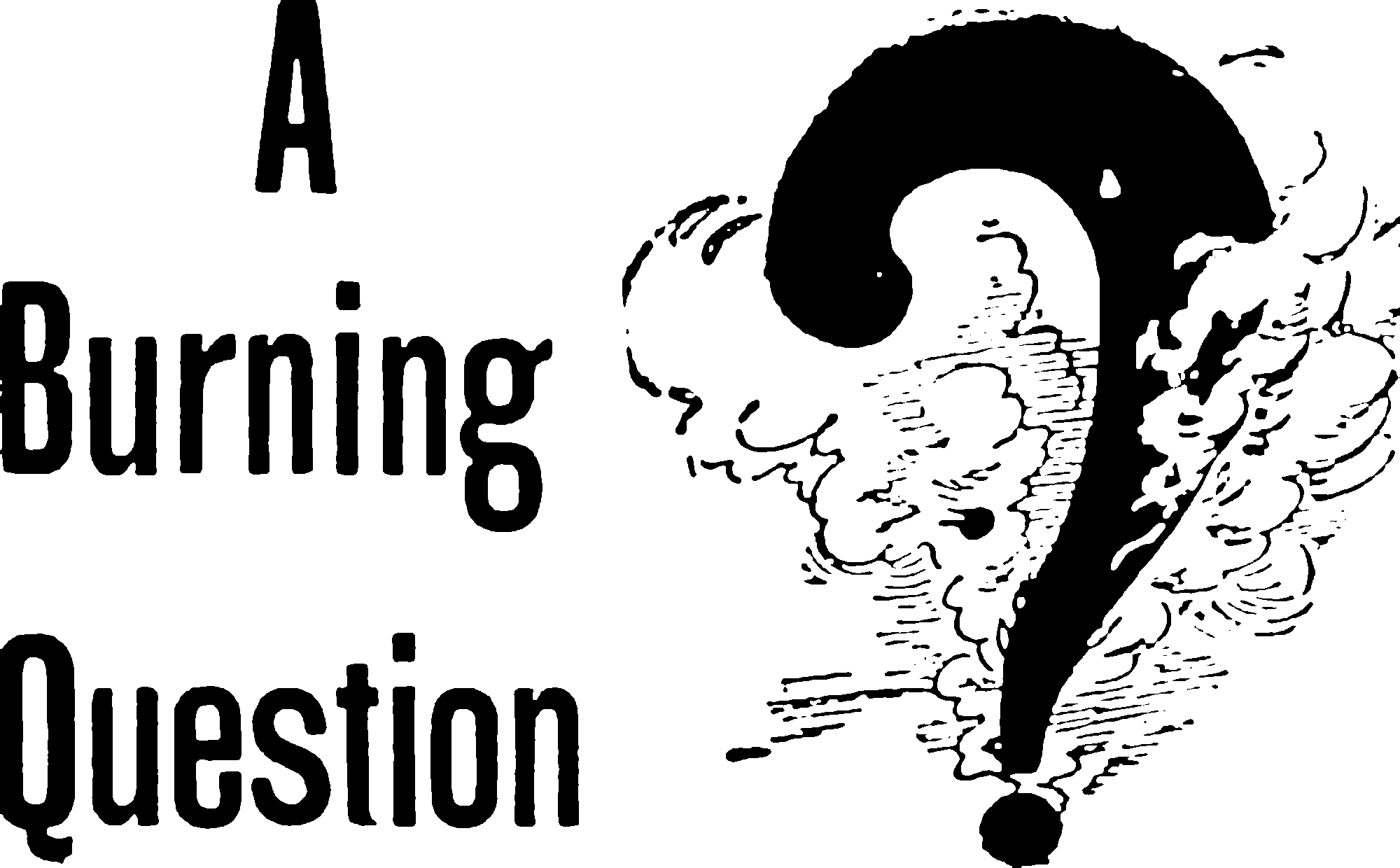Machine learning for Bushfires
September 7, 2020 — January 6, 2025
dynamical systems
machine learning
neural nets
physics
sciml
SDEs
signal processing
spatial
statistics
statmech
stochastic processes
straya
time series
Suspiciously similar content
On the use of machine learning to analyse, predict, control, or detect bushfires (wildfires, if you are from the US). A practically important and theoretically-interesting problem. I am curious about whether we can solve it using spatiotemporal deep learning, even foundation models.
1 Incoming
- Silicon valley wildfire spotting.
- FireSat - Wildfires
- bushfire.io aggregates bushfire information.
- Wildfire & Emergency Management
- XPRIZE Wildfire
2 References
Dabrowski, Pagendam, Hilton, et al. 2023. “Bayesian Physics Informed Neural Networks for Data Assimilation and Spatio-Temporal Modelling of Wildfires.” Spatial Statistics.
Hilton, Sullivan, Swedosh, et al. 2018. “Incorporating Convective Feedback in Wildfire Simulations Using Pyrogenic Potential.” Environmental Modelling & Software.
Mandel, Beezley, Coen, et al. 2009. “Data Assimilation for Wildland Fires.” IEEE Control Systems Magazine.
Rochoux, Emery, Ricci, et al. 2015. “Towards Predictive Data-Driven Simulations of Wildfire Spread – Part II: Ensemble Kalman Filter for the State Estimation of a Front-Tracking Simulator of Wildfire Spread.” Natural Hazards and Earth System Sciences.
Rochoux, Ricci, Lucor, et al. 2014. “Towards Predictive Data-Driven Simulations of Wildfire Spread – Part I: Reduced-Cost Ensemble Kalman Filter Based on a Polynomial Chaos Surrogate Model for Parameter Estimation.” Natural Hazards and Earth System Sciences.
Rothermel. 1972. A Mathematical Model for Predicting Fire Spread in Wildland Fuels.

